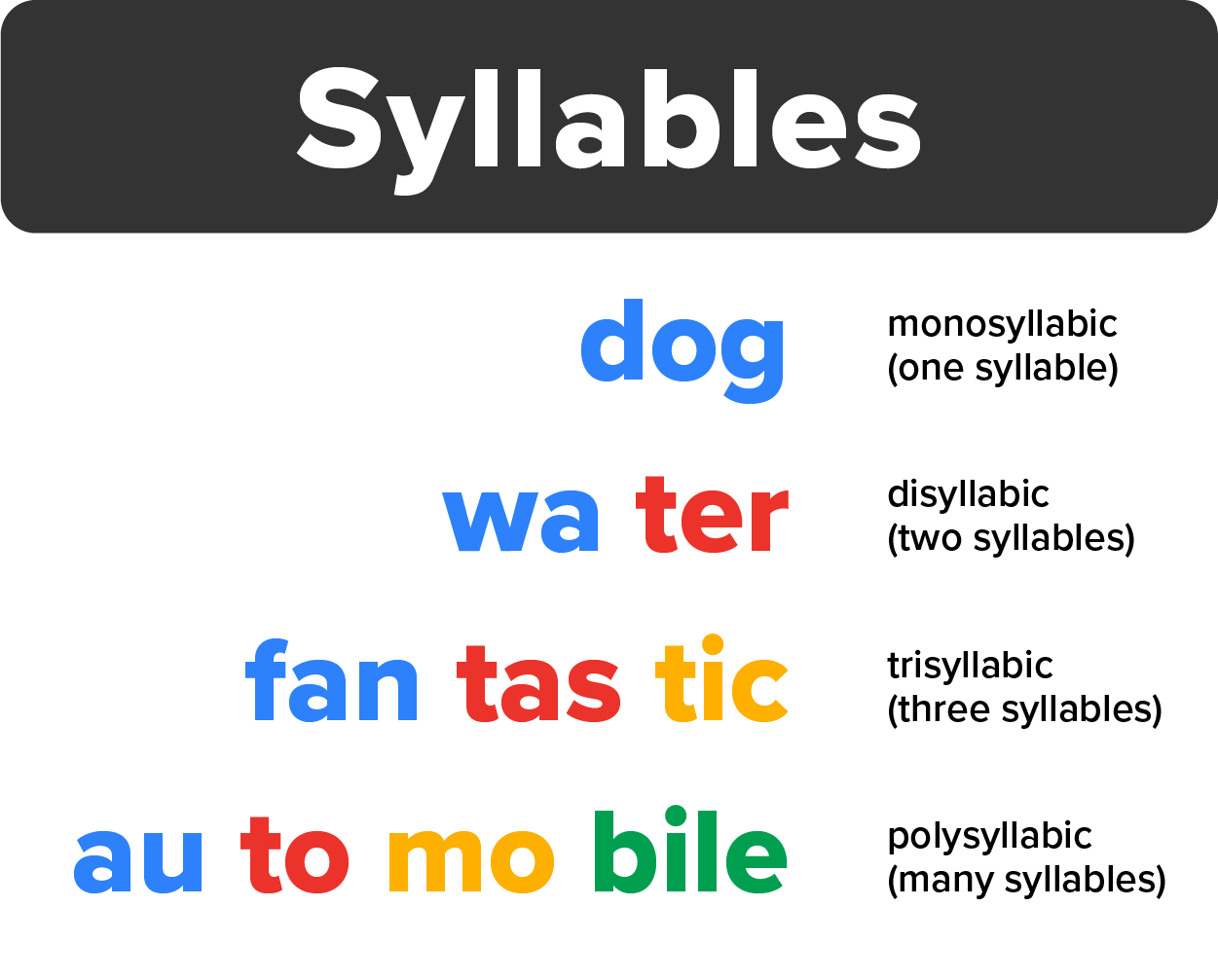Table of Contents |
Humans are unique in their use of the tongue, lips, and other movable parts of the speech mechanism. There are four acts in the process of speech:

There are only 44 sounds to master in order to speak, and young children begin practicing them by mastering simple sounds, which are later articulated into combinations to create words.
Proper articulation is essential to intelligible speech. Can the audience comprehend what you are saying? If you produce the basic sounds of the language in a manner that is different from the language users in the audience, your speech will not be understood at the most basic level.
For example, in everyday speech you might substitute one sound for another at the beginning of a word, such as dis for this, or use the sound w instead of the sound r so you would say wabbit rather than rabbit. Or, you might leave a sound off the end of a word, such as in goin for going, in casual speech. But the real challenge is whether or not you can produce the correct sound when it is required for communication. If you have difficulty physically producing a sound, then you may want to consult with a professional speech therapist to help you with articulation.
Pronunciation refers to the ability to use the correct stress, rhythm, and intonation of a word in a spoken language. A word may be spoken in different ways by various individuals or groups, depending on many factors. These factors include the area in which you grew up, the area in which you now live, whether you have a speech or voice disorder, your ethnic group, your socioeconomic class, or your education.
When we talk about pronunciation, we focus on the word rather than the individual sound, as with articulation. A syllable is a unit of organization for a sequence of speech sounds.

A syllable is typically made up of a syllable nucleus (most often a vowel) with consonants around it at the beginning and end. Syllables are often considered the phonological "building blocks" of words. A word that consists of a single syllable (like the English word dog) is called a monosyllable and is said to be monosyllabic.
Similar terms include disyllable and disyllabic, for a word of two syllables; trisyllable and trisyllabic for a word of three syllables; and polysyllable and polysyllabic, which may refer either to a word of more than three syllables or to any word of more than one syllable. Your job in pronunciation involves recognizing the different syllables that make up a word, applying the stress to the right syllable, and using the right up-and-down pitch pattern for intonation.
Intonation is also used in English to add functions to words, such as to differentiate between different types of questions (e.g., who questions versus yes-no questions), requests, etc. You can change the meaning by varying the intonation pattern.
A dialect is a variety of a language that is characteristic of a particular group of language speakers. A dialect is distinguished by its vocabulary, grammar, and pronunciation (phonology, including prosody). Where a distinction can be made only in terms of pronunciation, the term "accent" is appropriate—not dialect.
The term "dialect" is applied most often to regional speech patterns. The major native dialects of English are often divided by linguists into three general categories: British, North American, and Australasian. American English is a set of dialects used mostly in the United States. Approximately two-thirds of the world's native speakers of English live in the United States, and it is the most common language there.
Although the U.S. federal government has no official language, English is the common language used by the federal government and is considered the de facto language of the United States because of its widespread use. English has been given official status by 28 of the 50 state governments.
There are several dialects associated with speech communities in different regions. You may have met people from different parts of the country who speak a different dialect.
Some of the more common dialects are included on the following map:

Since there are so many dialects of English, it is difficult to say that one dialect is better than another. Some dialects may be spoken by persons holding powerful positions in an area, so those dialects are the ones that become a standard for others. People of one dialect may view speakers with dialects from different regions and social or cultural backgrounds negatively and treat them accordingly.
All dialects have communicative value within the particular dialect community; it is when the person moves out of their home dialect community that they may encounter negative evaluation.
Vocalics, or paralanguage, refers to the nonverbal elements of speech used to modify meaning and convey emotion. You achieve vocal variety by using any or all of the features of vocalics: the rate, pitch, volume, and pauses you use to change the way you deliver your message.
Consider that emphasis allows you to compare and contrast. You might say one phrase at a faster rate in comparison to another phrase that you speak at a slower rate. You might speak louder at the end of your speech to create a contrast with the softer delivery in the preceding part of your speech. All of these vocal changes in paralanguage help you emphasize what is more important compared to another part that is less important.
The goal here is to avoid monotony, or an unvarying tone, that could bore your audience and fail to communicate your message clearly.
Source: THIS TUTORIAL HAS BEEN ADAPTED FROM "BOUNDLESS COMMUNICATIONS" PROVIDED BY BOUNDLESS.COM. ACCESS FOR FREE AT oer commons. LICENSE: CREATIVE COMMONS ATTRIBUTION-SHAREALIKE 4.0 INTERNATIONAL.